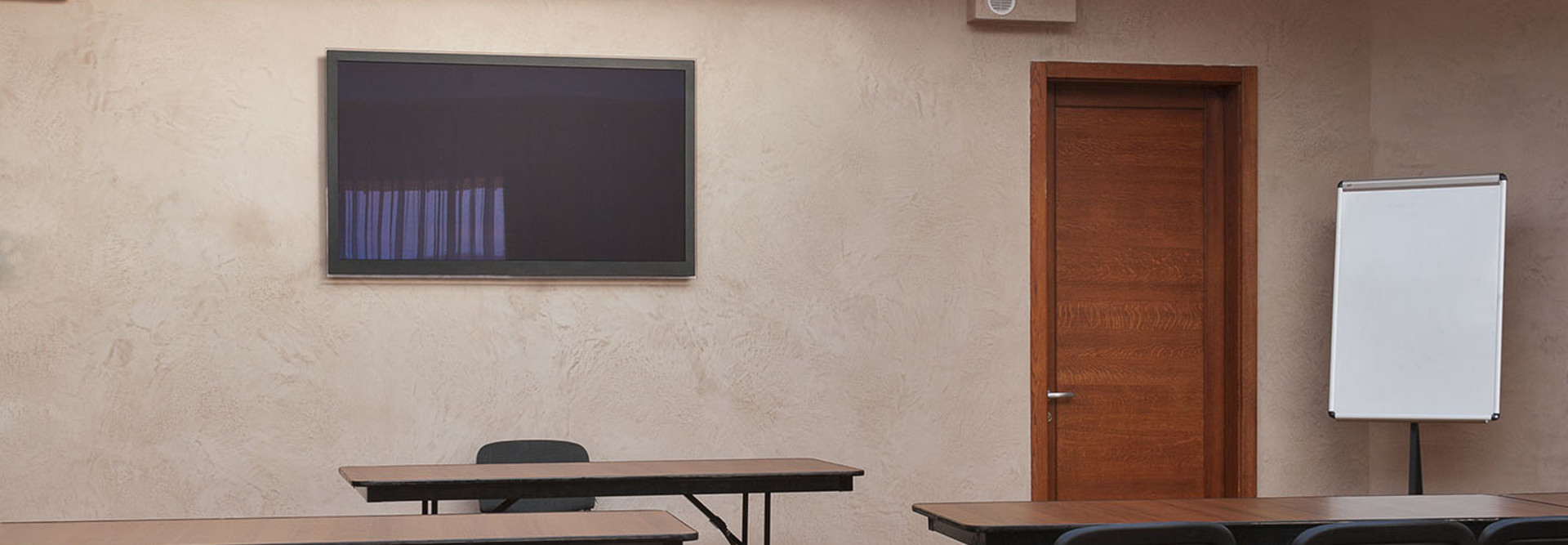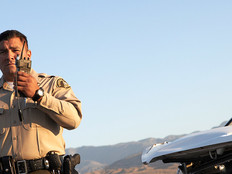Feds Deploy Wireless Displays for Education, Meetings
Wireless displays are transforming education at the Army War College in Carlisle, Pa., by boosting student engagement.
Charles “Chuck” Allen, professor of leadership and cultural studies, says instead of standing in the front of the class and lecturing, he can roam freely, thanks to an Apple TV adapter that lets him project on a large screen from anywhere in the classroom.
Students are more engaged because they can project onto a display or a high-definition TV to share documents or other research materials. “I’m still orchestrating what happens in the room,” Allen says. “But I don’t control the content as much. Students are also free to pull up news feeds from Al Jazeera, the BBC or any other networks around the world to share with the seminar.”
Allen says the college’s 380-plus resident students all have mobile devices such as iPads or other tablets. Apple TV adapters plug into HDTVs or AMX control units, enabling instructors and students to use iOS and OS X devices to project documents, photos and videos on three screens simultaneously.
“The one thing to keep in mind is, at the War College we are dealing with very motivated adult learners, many of whom are more tech-savvy than the professors,” Allen says. “In many cases, the students are more knowledgeable about online resources and how to use the technology than the faculty.”
The resolution and frame rate for the Actiontec ScreenBeam Pro Business Edition for enterprise deployments
SOURCE: Actiontec, “Actiontec Launches the First Receiver for Intel Pro Wireless Display – Bringing Wireless Display to the Enterprise,” January 2015
The Army War College has used wireless displays for about two years. While some faculty were reticent at first, the technology is catching on. “We still have a ways to go before we fully integrate such technology into the college’s educational methodology,” Allen adds.
Brett Sappington, director of research for Parks Associates, says that as smartphones and tablets become the norm at most organizations, IT departments are beginning to deploy wireless display technology on campus.
“It used to be that people would take technology from work and bring it home, but now the pendulum has swung, and technology driven by consumers has made it to the office,” Sappington says. “I look for wireless displays to catch on anywhere knowledge workers are present, be it schools or colleges, government agencies or general businesses.”
Ready to Test
At the International Trade Administration, CIO Joe Paiva says the agency plans to deploy wireless displays throughout the year. The agency wants to make the technology available so its employees and guests can more easily start up and exchange information during meetings.
Paiva says the agency will standardize on Windows 10 tablets and iPhones, so it needs a wireless display adapter that can handle both Windows and Apple iOS devices.
“We’re just now starting to test the wireless displays,” Paiva says. “The challenge is going to be trying to guess the outcome of the 2016 version of Betamax versus VHS — which is to say no matter which one we pick, eventually we will be wrong.”









